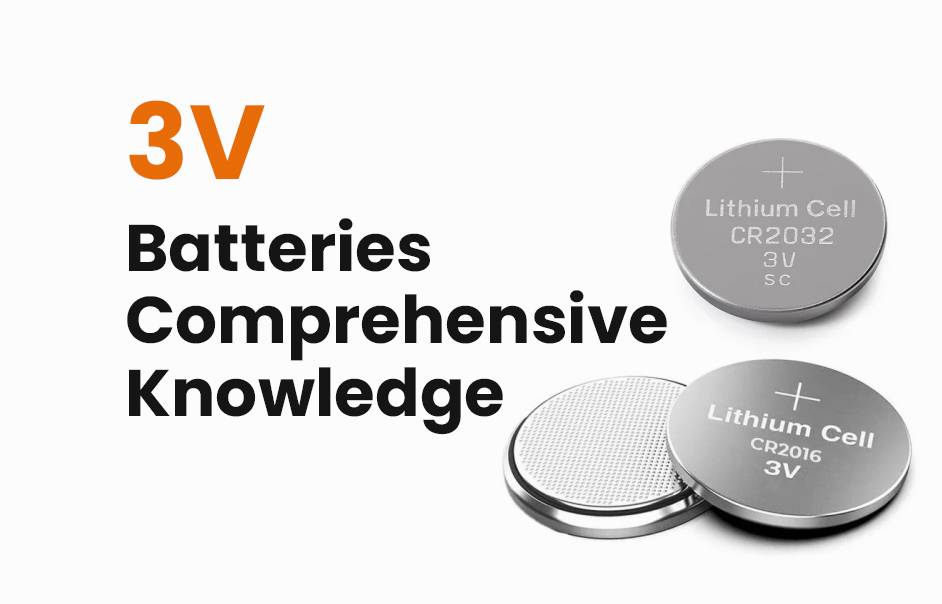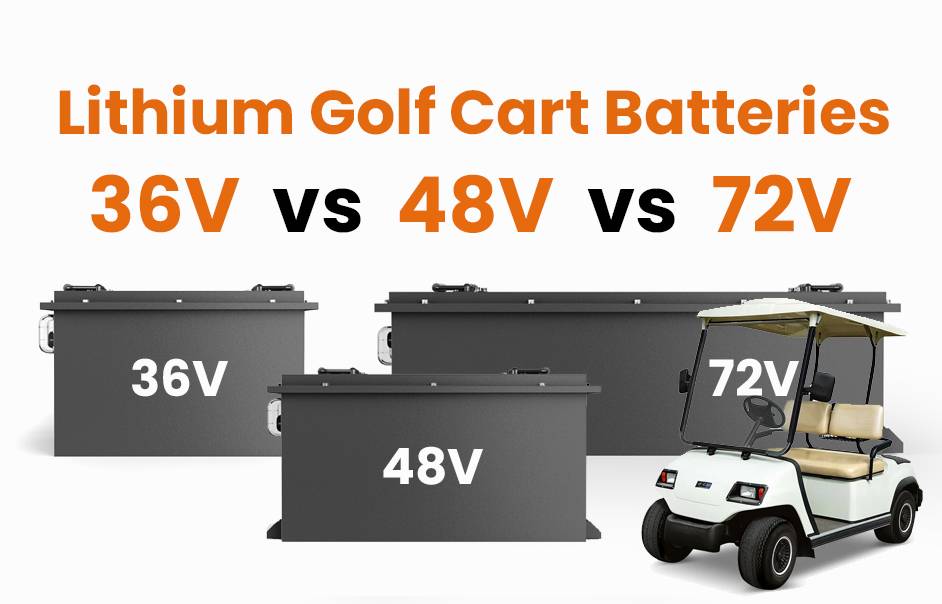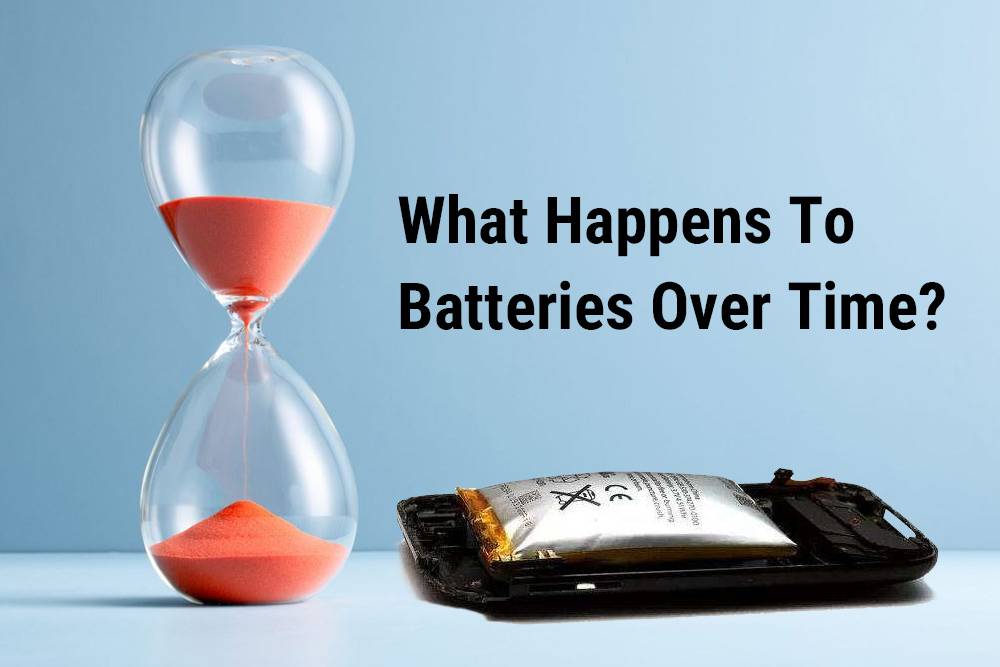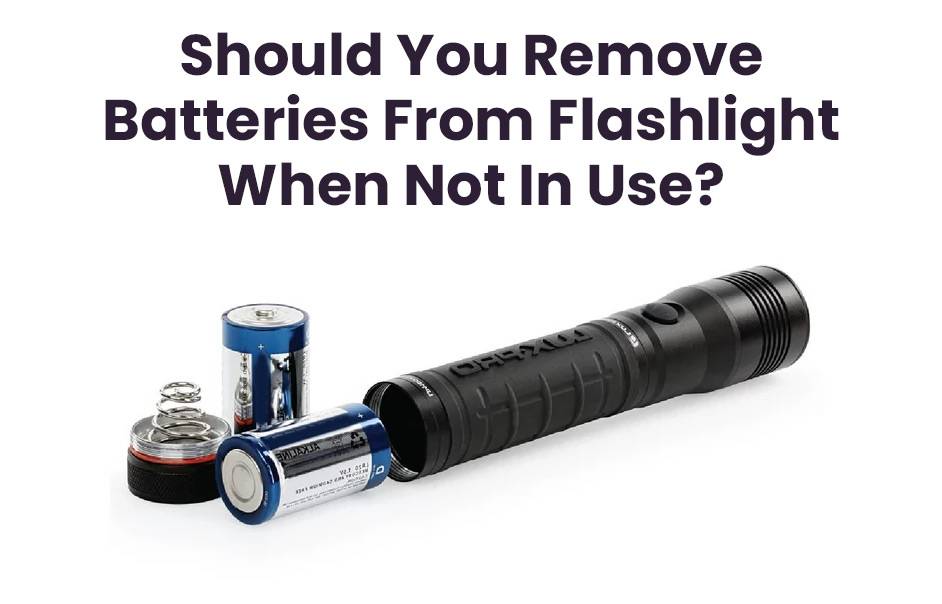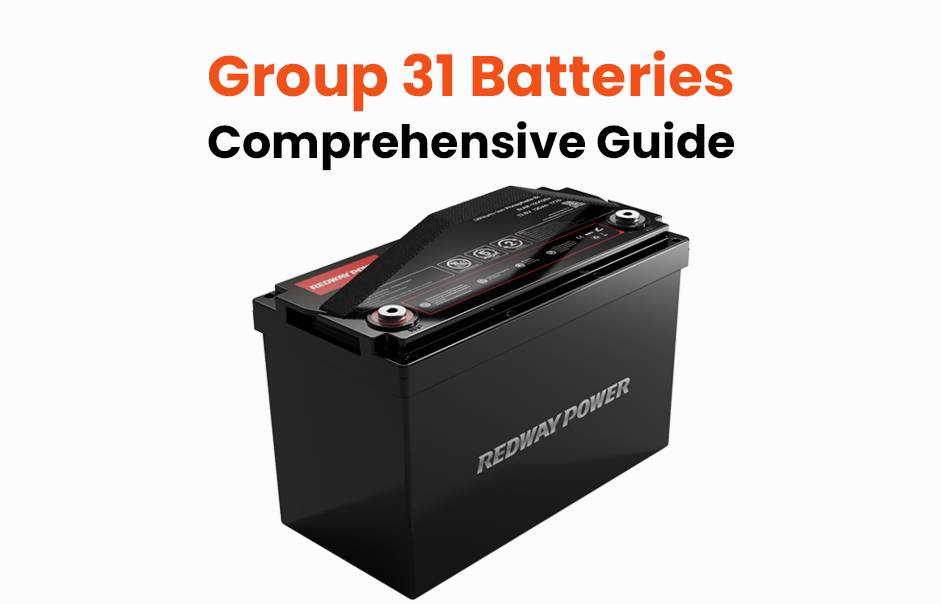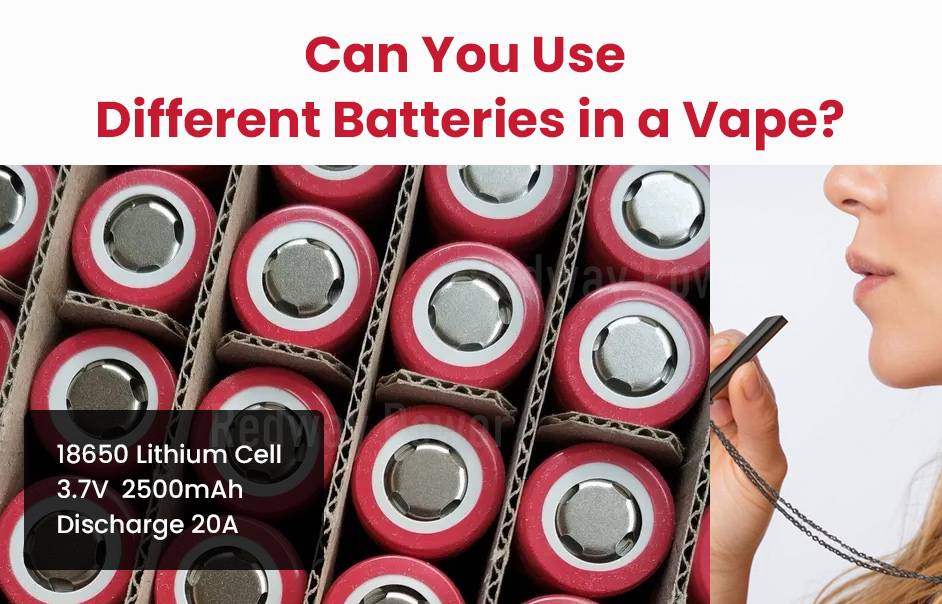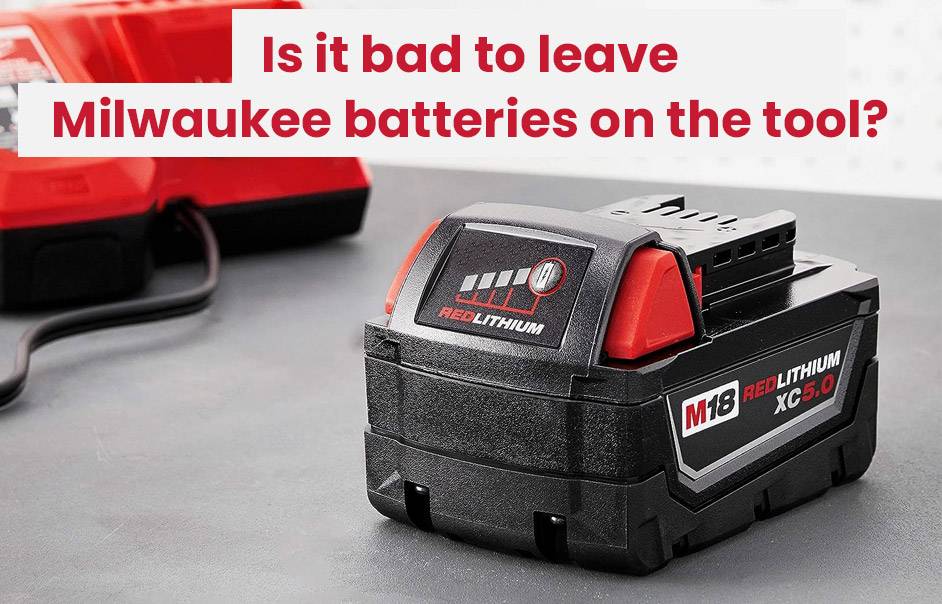
Blog
How Do Carbon Zinc Batteries Work and What Are Their Applications?
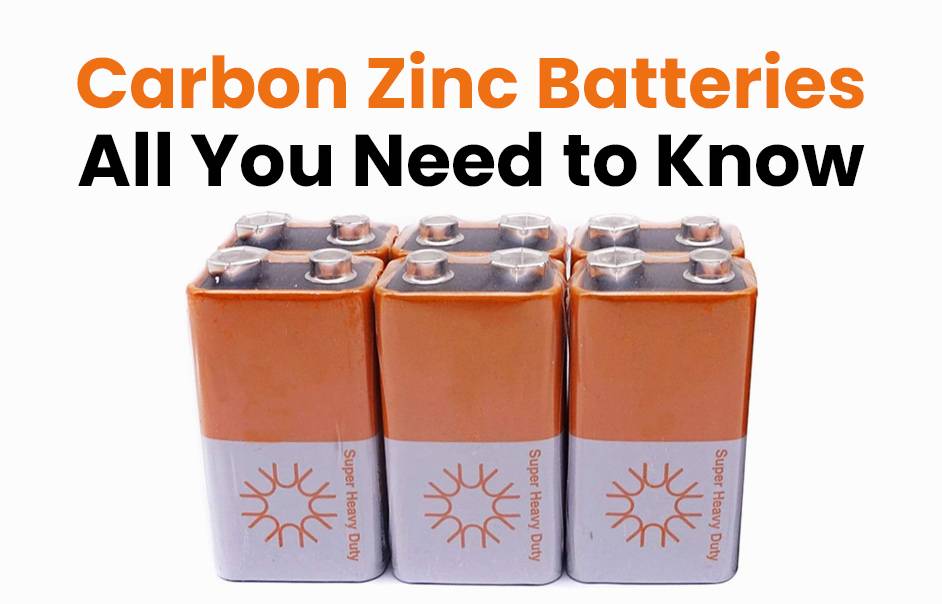
Carbon zinc batteries operate through a chemical reaction between zinc and manganese dioxide, providing affordable and widely used primary power sources. Common in low-drain devices, they serve diverse applications where cost-effectiveness and moderate performance meet modern energy needs.
What is the chemical working principle of carbon zinc batteries?
Carbon zinc batteries consist of a zinc anode, a manganese dioxide cathode, and an acidic electrolyte. When the circuit closes, zinc oxidizes, releasing electrons through the external load, while manganese dioxide reduces by accepting electrons. This redox reaction generates electrical energy until the zinc anode is consumed.
How are carbon zinc batteries constructed physically?
These batteries have a zinc container serving as the anode, filled with a paste of manganese dioxide cathode material surrounding a carbon rod that collects current. A moist electrolyte of ammonium chloride or zinc chloride enables ionic flow. This relatively simple and low-cost design provides reliable energy.
What are the voltage and capacity characteristics of carbon zinc batteries?
Typically, carbon zinc batteries provide a nominal voltage of 1.5 volts per cell and available in sizes ranging from AAA to D. Their capacity varies but is generally lower than alkaline batteries, limiting them to low-drain applications.
What typical devices and environments use carbon zinc batteries?
Ideal for low-power gadgets like remote controls, flashlights, clocks, and radios, carbon zinc batteries deliver economical energy. Their use extends to toys and portable tools where high energy density or long lifespan is not critical.
How do carbon zinc batteries compare with alkaline and lithium batteries?
Compared to alkaline, carbon zinc batteries offer lower cost but shorter life and less power output. Lithium batteries surpass both with higher energy density and longer cycle life but at a premium price. Carbon zinc remains favored in budget-sensitive scenarios.
What are the environmental considerations and disposal methods?
Carbon zinc batteries contain fewer toxic metals than some alternatives but still require responsible disposal or recycling to mitigate environmental impact. They are classified as primary batteries and generally not rechargeable.
How does the performance of carbon zinc batteries influence product design?
Their lower capacity and voltage stability encourage designers to optimize circuits for energy efficiency and intermittent usage to maximize battery life. Devices with steady, low-current draw benefit most.
How has manufacturing evolved to improve carbon zinc batteries?
Advancements include improved electrolyte formulations and electrode materials that reduce internal resistance and enhance shelf life. Leading manufacturers use precise production systems like Redway Power’s MES standards to ensure quality.
What maintenance tips maximize carbon zinc battery efficiency?
Store batteries in cool, dry places, avoid mixing with other battery types, remove batteries from unused devices to prevent leakage, and check expiry dates regularly for optimal performance.
What future roles might carbon zinc batteries play in the energy landscape?
As sustainable alternatives arise, carbon zinc batteries may find niche roles where low cost and moderate performance outweigh longevity, supported by advances in materials and eco-friendly disposal methods.
Redway Power Expert Views
“While lithium technology dominates advanced sectors, carbon zinc batteries maintain relevance for specific low-power applications due to cost-effectiveness,” states a Redway Power expert. “At Redway Power, our decade-plus expertise spans across battery chemistries, optimizing production processes to craft batteries that meet diverse market demands efficiently and responsibly.”
Conclusion
Carbon zinc batteries, driven by well-understood redox chemistry, serve fundamental roles in powering low-drain devices economically. While limitations exist compared to alkaline and lithium options, improvements in manufacturing and recycling sustain their presence in everyday applications. Partnering with established producers like Redway Power assures high-quality battery solutions tailored for various needs.
FAQs
Are carbon zinc batteries rechargeable?
No, they are primary (non-rechargeable) batteries.
What is the typical lifespan of a carbon zinc battery?
Generally shorter than alkaline batteries; best for intermittent use.
Can carbon zinc batteries be used in high-drain devices?
They are not suited for high current devices due to capacity limits.
How should carbon zinc batteries be disposed of?
Follow local regulations for battery recycling to minimize environmental harm.
What distinguishes Redway Power in battery manufacturing?
Their ISO-certified MES-controlled production ensures consistent quality across varied battery chemistries, including both lithium and traditional types.




